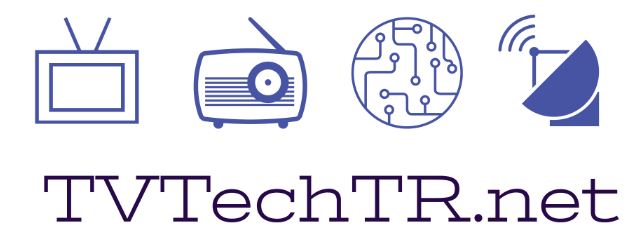It is my honor to post an e-interview with the executive director of the DVB Project Office, Dr. Peter Siebert. I personally appreciate for his quick response and clear answers. I hope that his view will help the TV sector in Turkey, in the journey of digitization of terrestrial television.
1. As you may well know Turkey has not yet built a DTT network. On the journey of DTT, the standards changed from DVB-T with MPEG2 to DVB-T2 with MPEG4. Nowadays especially after the Germany's decision of building a DTT network with DVB-T2 HEVC, do you think that Turkey should also think about choosing DVB-T2 with HEVC as the standard for DTT.
Answer: The introduction of a new television system is always a major step and involves significant investment. Therefore the implemented technologies should be as much future proof as possible. By now HEVC is a mature technology and a wide range of decoding devices are available. Therefore, I would recommend that Turkey, like Germany, goes for T2 in combination with HEVC. Considering the volume of the two combined markets equipment prizes will soon become very competitive resulting in cost efficient devices for the end user. In addition there will be more channels and/or better quality like e.g. HD.
2. From the technical reports of DVB, which I personally use a lot, we know that because of Shannon limit, DVB-T3 does not seem to be possible. But there are some researches on the enhancement of the DTT standard of DVB. Can you briefly explain them.
Answer: DVB-T2 provides already spectral efficiency close to the Shannon limit. Nevertheless, DVB will continue to improve our transmission standards. For the time being we have no specific plans for a new DVB-T2 version. Just to give you a hypothetical example for a new feature we could, similar to our latest satellite specification S2X, introduce channel bundling to facilitate statistical multiplexing for UHD services.
3. There is a "battle" for frequency in UHF Band. As the mobile operators offer new technologies like 4G, 5G the need for frequency increases. In Turkey 800 MHz is released for 4G trials. In Korea 700 MHz will be used for 4K UHD. As DVB, how do you comment on this "battle"?
Answer: I cannot provide an official answer on behalf of DVB but from a personal point of view I regard it as relevant that sufficient spectrum is available on a long term basis to allow for long term planning and investment in DTT infrastructure. In addition to cable and satellite the terrestrial platform is and will be an important part of broadcast delivery.
4. DVB-T2 has some different profiles and with MultiPLP, it is possible to use them in the same DTT network. There is an approach from Denmark, which claims that DVB-T2 Lite profile is suitable and efficient to be used for digital radio. The only problem is that there are not so many receivers to support this solution. Is it possible to build just DTT network and use it both for digital radio & television?
Answer: DVB-T2 is a very flexible standard and supports a wide range of use cases. This also includes several PLPs and of course transmission of pure audio channel. Technically I see no problem to use the same infrastructure for digital radio and television.
Dr. Peter Siebert
Executive Director
DVB Project
Geneva, Switzerland


Comments
Post a Comment
Comments will appear after approval, which may take time :)